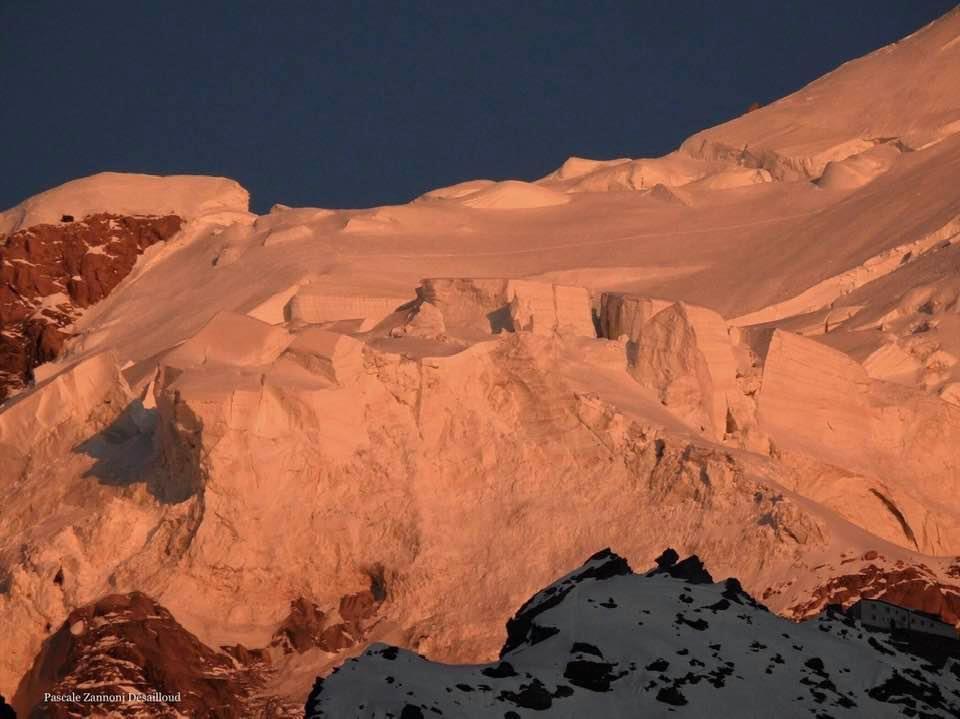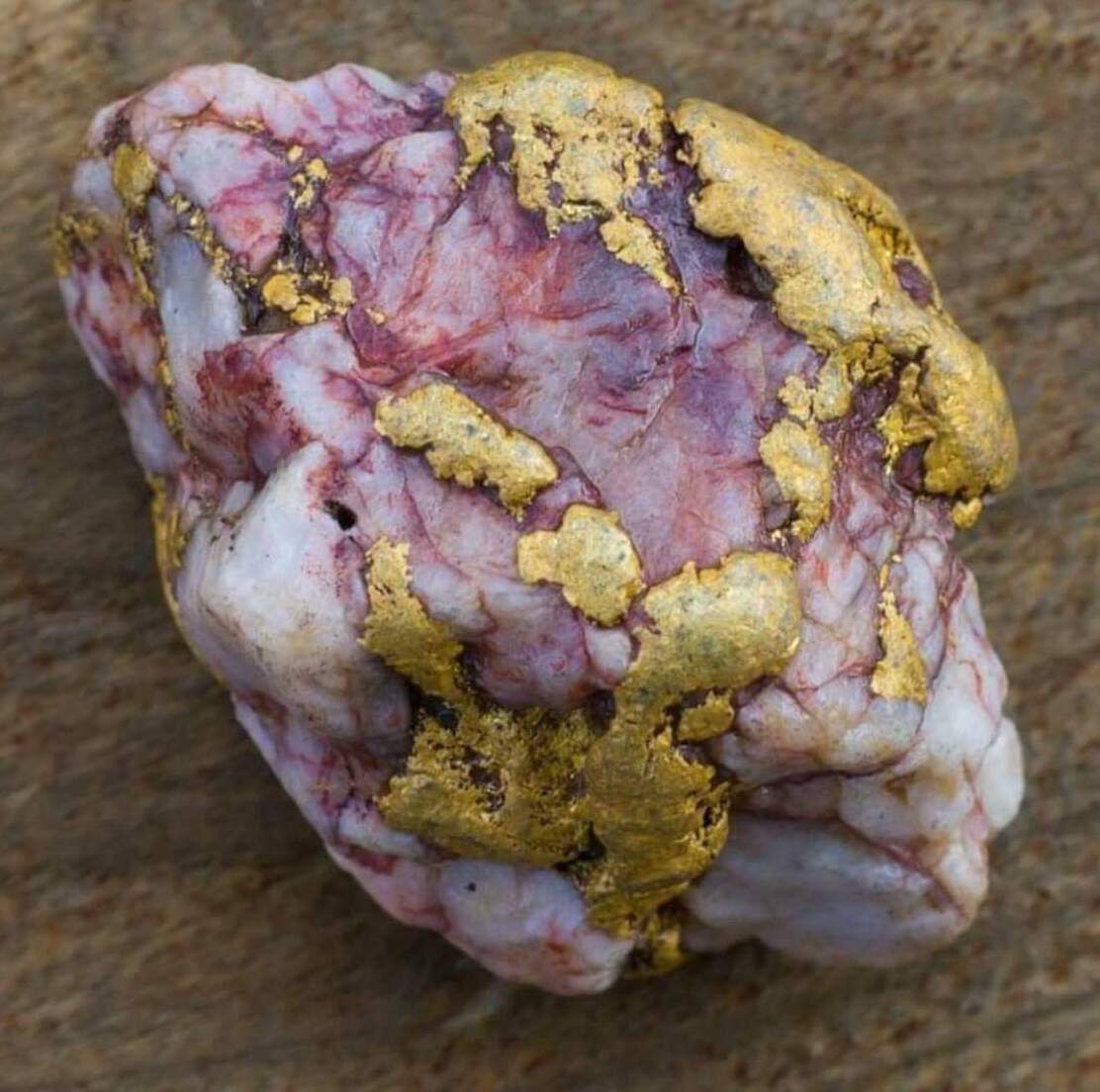THE GOLD OF THE ALPS

The gold of the Alps and Mont Blanc.
It is a majestic site filled with history and adventures, dramas, but also legends ...
Like the Air India Plane The Malabar Princess and its dramatic fate ...
Many legends display the eternal slopes of Mont Blanc, among these legends, gold also finds its place in the vox populi
It is said in the valley that a crystal maker at the beginning of the century had found an Auriferous quartz near the Argentiere glacier. ..
He never said nor confided in the place, remaining silent until his deathbed. .
Jacques Balmat became a legend, at the age of 24, on August 8, 1786, he reached the summit of Mt-Blanc in the company of Doctor Michel Gabriel Paccard. A chamois hunter and crystal-maker, he was drawn to the search for metals, especially gold.
•He regularly associated with scientists and methodically wrote down the information he gathered as well as the legends told to him (legends related in part in the previous bulletin).
He noted valuable information on the gold-bearing sectors of the Italian slope where he went.
He also noted in his notebook on February 14, 1826 the information provided by Marie-Hélène Folliguet d'Argentière: “Joseph Ravanel de Montroc found a cave at the Aiguilles Rouges which is deep and is believed to be the same cave. that we talk so much, that a man from Argentières had left a palfer, a hammer and a needle there, that we say that there are golden sands ...
It must be above the mine that Jean-Pierre Munier du Tour found and from which he brought back antimonial and sulphide pieces ".
He frequently visited a chemist in Geneva to have the samples collected during his research analyzed in various sectors of the Mt-Blanc massif and the neighboring massifs.

Much to his regret, the answers are still negative, until this day in 1834, when the chemist Abraham Raisin, announces to him that he discovered traces of gold in a sample coming from the region of Mount Ruan.
He therefore took the path to Fond de la Combe, with his friend Pache, one fine morning in September 1834.
•After crossing the Ruan Glacier, the two men arrive near a narrow ledge overlooking a "terrible" precipice. Pache, less reckless, does not dare to follow him. He will return alone to Vallorcine and will shut himself up in total silence.
•Multitude of versions on Balmat's death, arranged, distorted by time and spirits, only kept alive the legend of Ruan gold.
The veil was not lifted until 19 years later by Sixt's trustee Bernard Biord who confessed to his successor: “two young shepherds saw Balmat fall, they told the facts to their father, who immediately informed me ".
The trustee orders the children and Pache to remain silent, certain that Jacques Balmat had found the gold. He wanted to avoid setting up a mining company that would have devastated the forests to operate the foundries.
•The forest has a protective role and the town of Sixt has experienced many disasters (1600, 1602, 1711, 1750, 1817 to name only the most significant dates) following intensive deforestation for the foundries of iron mines. .
The winner of the Mt-Blanc, the one who has traversed the mountains alone all his life, who has braved all dangers, will enter with his mysterious end into the legends of Sixt's gold.
•The gold of the Alps. Photos Tobias Glitzner.


